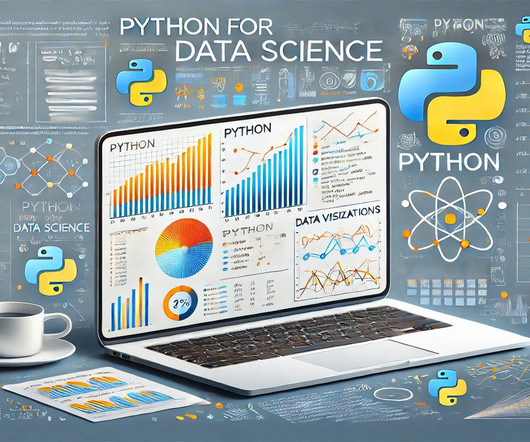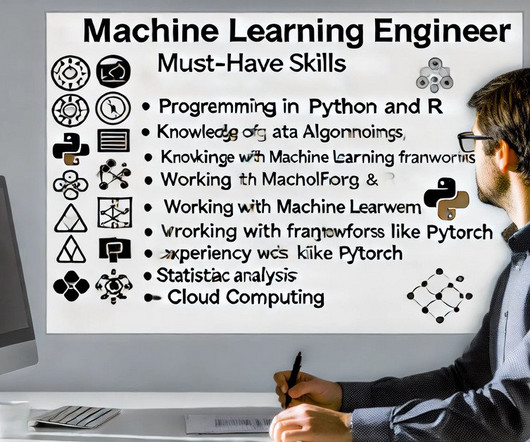How To Learn Python For Data Science?
Pickl AI
NOVEMBER 4, 2024
Statistics Understand descriptive statistics (mean, median, mode) and inferential statistics (hypothesis testing, confidence intervals). It allows you to create and share live code, equations, visualisations, and narrative text documents. These concepts help you analyse and interpret data effectively.












Let's personalize your content